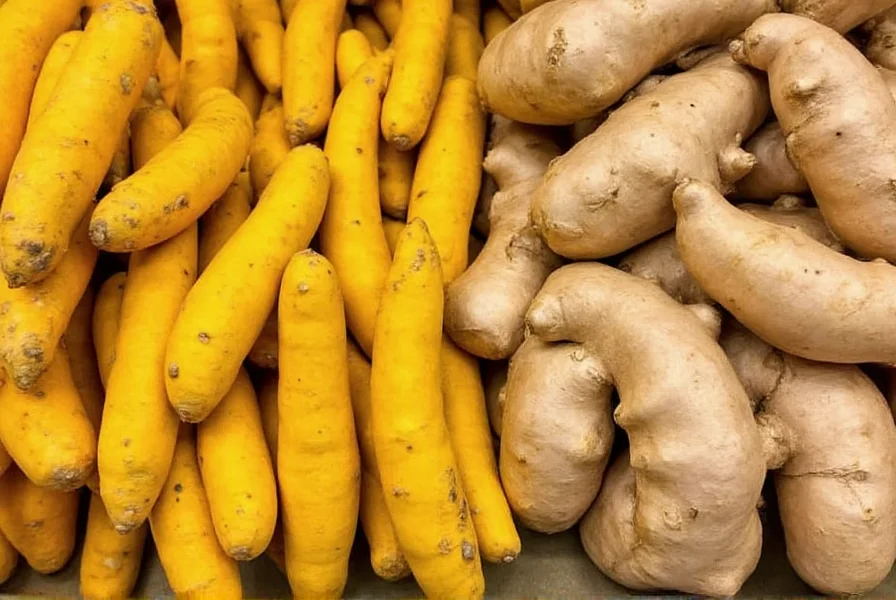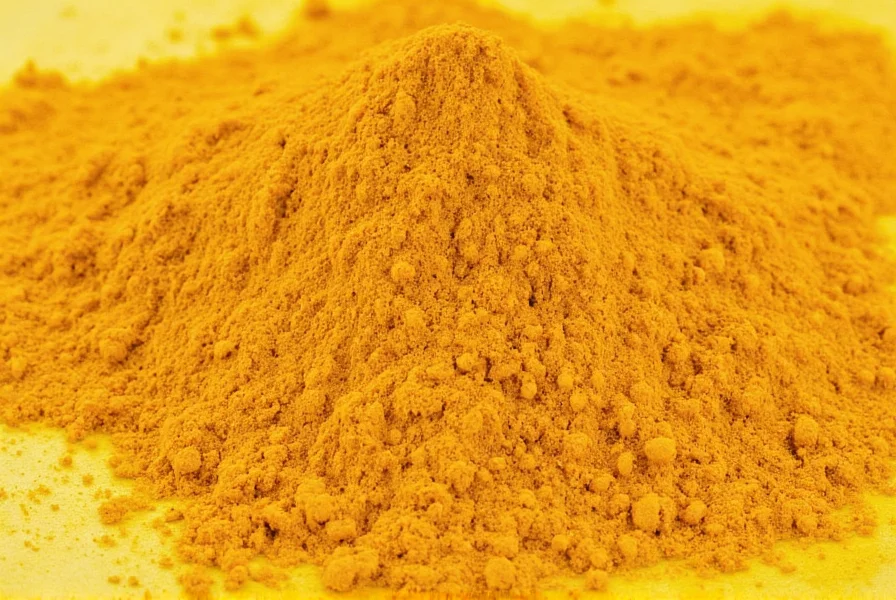Discovering where to find fresh turmeric can transform your cooking and wellness routine. Unlike its powdered counterpart, fresh turmeric root offers superior flavor and higher curcumin content, making it a valuable addition to your kitchen. This comprehensive guide explores all viable options for purchasing fresh turmeric, helping you locate this vibrant root regardless of your location.
Understanding Fresh Turmeric Availability
Fresh turmeric (Curcuma longa) has gained popularity beyond traditional Asian cuisine due to growing awareness of its health benefits and culinary versatility. The bright orange-yellow root resembles ginger but offers a more complex, earthy flavor profile with subtle bitterness. As demand increases, availability has expanded significantly beyond specialty markets.
Physical Retail Locations for Fresh Turmeric
Major Grocery Chains
Most well-stocked supermarkets now carry fresh turmeric in their produce sections, particularly those focusing on organic or international foods. Stores like Whole Foods Market, Trader Joe's, Wegmans, and Publix regularly stock fresh turmeric year-round. Regional chains in areas with diverse populations often feature it alongside other specialty roots.

Ethnic Grocery Stores
Asian and Indian markets remain the most reliable sources for fresh turmeric. These stores typically offer larger selections at better prices than mainstream supermarkets. Indian grocery stores often label it as "haldi," while Chinese and Southeast Asian markets may list it as "jiang huang." Middle Eastern markets sometimes carry it as well, particularly those specializing in Persian or Turkish ingredients.
Local Farmers Markets
During growing season (typically spring through fall), many farmers markets feature fresh turmeric from local growers. This option provides the freshest product with minimal transportation time. Ask vendors about organic growing practices if that's important to your purchase decision. Farmers markets in regions with suitable climates (like Hawaii, California, and Florida) often have consistent year-round availability.
Health Food Stores
Natural food retailers like Sprouts Farmers Market and local co-ops frequently stock fresh turmeric alongside other functional foods. These stores often provide additional information about sourcing and growing practices, which can be valuable if you're particular about organic certification or local production.
Online Purchasing Options for Fresh Turmeric
| Online Source | Shipping Time | Price Range (per pound) | Best For |
|---|---|---|---|
| Amazon Fresh/Whole Foods Online | 1-2 days | $8-$12 | Local delivery in major metro areas |
| specialty food websites | 2-5 days | $10-$15 | Nationwide shipping with保鲜 options |
| Farm-to-table services | 3-7 days | $12-$18 | Organic, locally grown turmeric |
When purchasing fresh turmeric online, look for services that specialize in perishable goods with proper cold-chain logistics. Many specialty food websites now offer fresh turmeric with insulated packaging and ice packs to maintain quality during transit. Subscription services provide regular deliveries, ensuring you never run out of this valuable ingredient.
Selecting High-Quality Fresh Turmeric
Not all fresh turmeric is created equal. When selecting roots, look for these quality indicators:
- Firm texture without soft spots or wrinkles
- Bright orange color when scratched (dull color indicates age)
- Smooth skin with minimal branching
- Heavier weight for size (indicates higher moisture content)
- Fragrant aroma when peeled
Avoid roots with mold, excessive dryness, or signs of sprouting. Smaller roots often have more concentrated flavor than larger, more fibrous specimens. If possible, purchase roots with some soil still attached, as this often indicates recent harvesting.
Proper Storage Techniques
Maximize your fresh turmeric's shelf life with these storage methods:
- Refrigerate in a paper bag with ventilation holes: 2-3 weeks
- Store in a glass jar covered with vodka: 3-4 months
- Freeze after peeling and slicing: 6-8 months
- Keep in a cool, dark place like potatoes: 1-2 weeks
For frequent users, consider grating fresh turmeric and freezing in ice cube trays with water or oil. This method preserves potency while providing convenient portion sizes for cooking and wellness applications.
What to Do When Fresh Turmeric Isn't Available
If you can't find fresh turmeric, these alternatives maintain some benefits:
- High-quality organic turmeric powder (look for 3%+ curcumin content)
- Turmeric paste (freshly made or commercially prepared)
- Liquid turmeric extracts with black pepper for enhanced absorption
- Ginger root (similar texture but different flavor profile)
Remember that fresh turmeric contains approximately 3-5% curcumin by weight, while dried turmeric powder concentrates this to 2-8%. The fresh root also contains volatile oils not present in powdered form, contributing to its unique benefits.
Can I find fresh turmeric at regular supermarkets?
Yes, most major supermarket chains now carry fresh turmeric in their produce sections, particularly those with robust international food selections. Whole Foods Market, Trader Joe's, and Publix regularly stock it year-round, while conventional supermarkets are increasingly adding it to their offerings, especially in regions with diverse populations.
How do I know if fresh turmeric is still good to use?
Fresh turmeric should feel firm with smooth skin. Avoid roots with soft spots, wrinkles, or mold. When scratched, the interior should reveal vibrant orange color. If it smells musty or shows signs of sprouting, it's past its prime. Properly stored turmeric typically remains fresh for 2-3 weeks in the refrigerator.
What's the difference between fresh turmeric and powdered turmeric?
Fresh turmeric root contains higher moisture content and volatile oils not present in powdered form. It offers more complex flavor and potentially higher bioavailability of curcuminoids. Powdered turmeric has concentrated curcumin (2-8% versus 3-5% in fresh root) but lacks some of the fresh root's aromatic compounds. Fresh turmeric also contains turmerones, which have separate health benefits.
How much does fresh turmeric typically cost?
Fresh turmeric generally costs $8-$15 per pound depending on location and season. Ethnic markets often offer the best prices ($8-$10/lb), while specialty grocery stores charge $10-$12/lb. Online retailers typically charge $10-$15/lb including shipping. Prices may fluctuate seasonally, with better availability and lower prices during fall harvest months.
Can I grow my own fresh turmeric at home?
Yes, you can grow turmeric at home in containers or garden beds if you live in USDA zones 8-11 or can provide indoor conditions mimicking tropical environments. Purchase fresh rhizomes from a grocery store or nursery, plant them in well-draining soil with the buds facing up, and maintain warm, moist conditions. It takes 8-10 months to mature, but you can harvest small sections while leaving the main plant intact.











 浙公网安备
33010002000092号
浙公网安备
33010002000092号 浙B2-20120091-4
浙B2-20120091-4